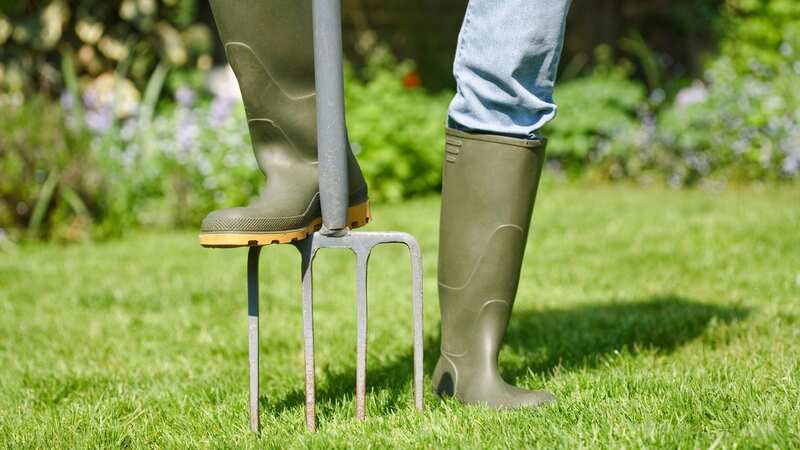Gardeners urged to take action on lawns now to avoid 'emergency' after rain

With the forecasted storm heading towards the UK, gardeners are urged to take action in a bid to help prevent too much damage after the heavy downpour.
After a wet summer, Storm Agnes is now set to arrive imminently, with the Met Office warning of "violent winds" along with torrential rain on Wednesday. With this in mind, it's important to keep your garden protected after a summer of hard work keeping it pristine.
If your lawn is something you take pride over, there are three steps to take in a bid to salvage it from the heavy rainfall and ensure your lush blades will return.
To make sure your grass doesn't puddle or become waterlogged, The Royal Horticultural Society (RHS) has given keen green-fingered gardeners some top tips to prevent any major damage. They first advise to make sure you aerate compacted soil so it doesn't waterlog.
"To improve drainage on compacted lawns, spike or aerate the soil so that rainwater can flow down into the ground more easily, rather than puddling on the surface. Wait until the standing water has drained away, or in small areas just sweep it off the lawn into the borders before aerating," the RHS explains.
 Cold weather alert issued as temperatures fall and Brits told heat homes to 18C
Cold weather alert issued as temperatures fall and Brits told heat homes to 18C
If your lawn regularly floods and drains slowly, it can damage the turf as well as encourage unwanted algae and moss to grow. Improving your lawn can help to prevent this from happening, especially during winter. To prevent waterlogging, the experts state: "You can use a garden fork to spike the lawn or a hollow-tined aeration tool, which removes plugs of soil. The holes should ideally be 10–15cm (4–6in) deep.
"For larger lawns, you can buy or hire a powered aerator. Sweep up and remove the soil plugs, then brush a free-draining 'top dressing', such as horticultural sand, into the hole. If your lawn is prone to waterlogging, spike it every few years in autumn. This will prevent the need for emergency action after wet winters."
Read more similar news:
Comments:
comments powered by Disqus

































